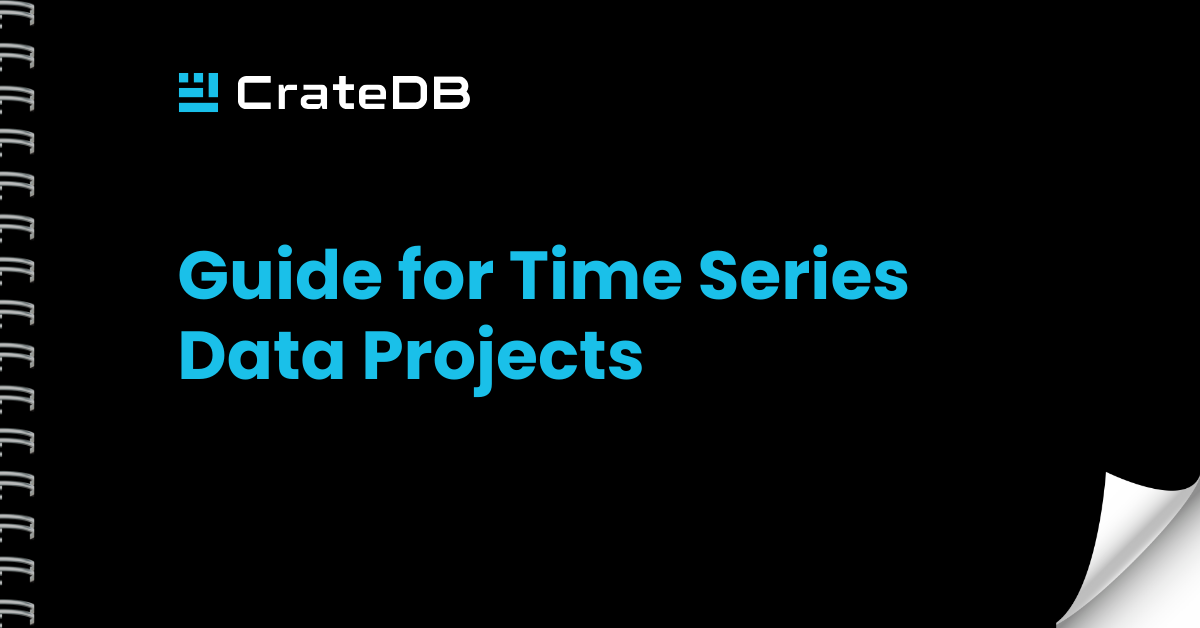In today's data-driven world, time series data is all around us. It refers to a
collection of data points that are arranged sequentially based on time and is
characterized by patterns such as trends, seasonality, and irregularities.
This type of data has unique features that make it an indispensable tool for
businesses across various industries.
For example, time series data is widely used in the manufacturing sector to
monitor and optimize production processes, forecast equipment maintenance, and
analyze supply chain trends. In transportation and logistics, it is used to monitor
traffic patterns and optimize delivery routes of managed fleets. The energy sector
utilizes time series data to predict energy demand and optimize energy production.
In monitoring and security, metrics, events, and logs can be collected and
analyzed in real-time to correlate them to each other and automatically detect
failures or intrusions.

Regardless of the industry, time series data plays a crucial role in enabling
businesses to make data-driven decisions. Its importance is highlighted by the fact
that it is often more complex than just a collection of timestamps, tags, and values.
It comes in various formats, including tabular or JSON, and it often includes textual
data and schemas that might change without prior notification.
To properly interpret these data points, contextual information is required, which is
usually not time series data. This is mainly metadata and master data of sensors
or assets, enterprise data about customers or production orders, as well as
external data, such as weather forecasts.

There are many use cases for time series data that go beyond just querying and
visualizing the data. These include applying statistics and machine learning for
anomaly detection, forecasting, and predictions. A rich user experience is
necessary for these applications, requiring performant ad-hoc queries that join
and correlate time series with each other and their contextual data, full-text
search capabilities like fuzzy search, and embeddings and similarity search to
power modern natural language applications like chatbots.
Ingesting data can be done via a variety of methods, like batch uploading or
streaming data in real-time. Once the data is loaded, it needs to be modeled with
close consideration of its flexible format. Last, data needs to be easily queried for
advanced analysis.
